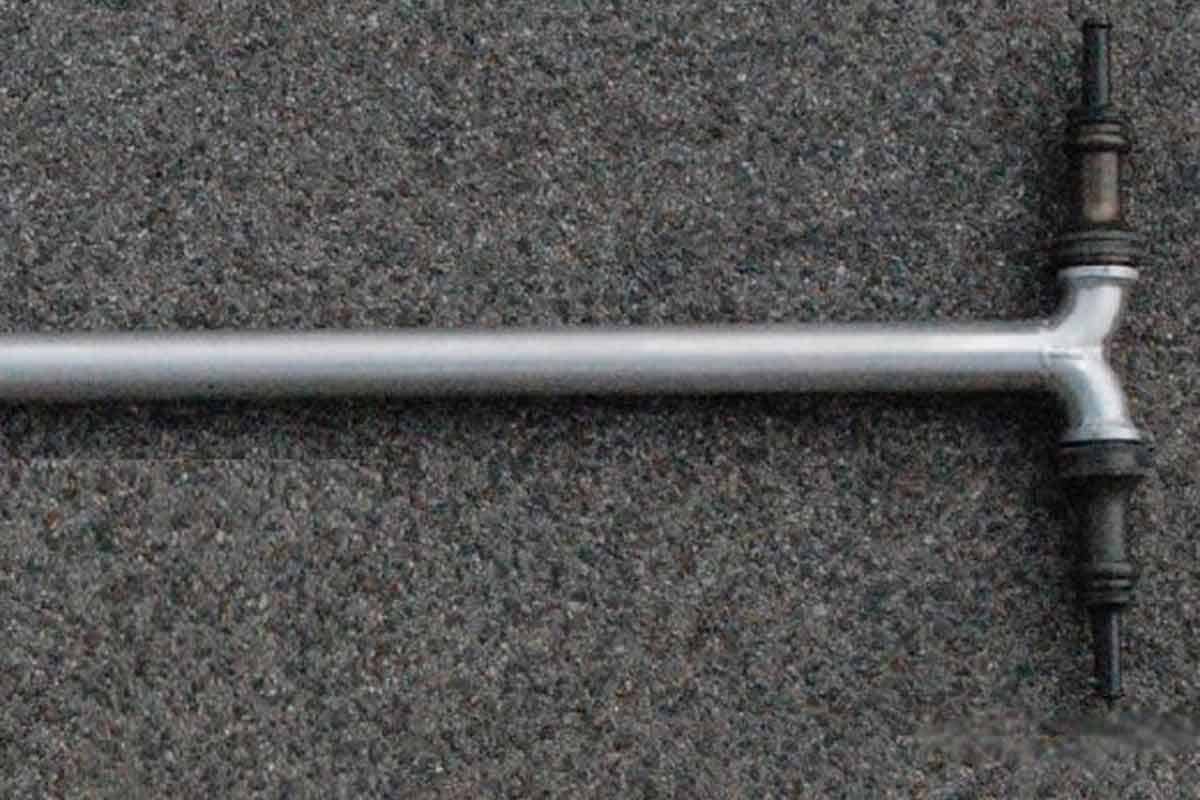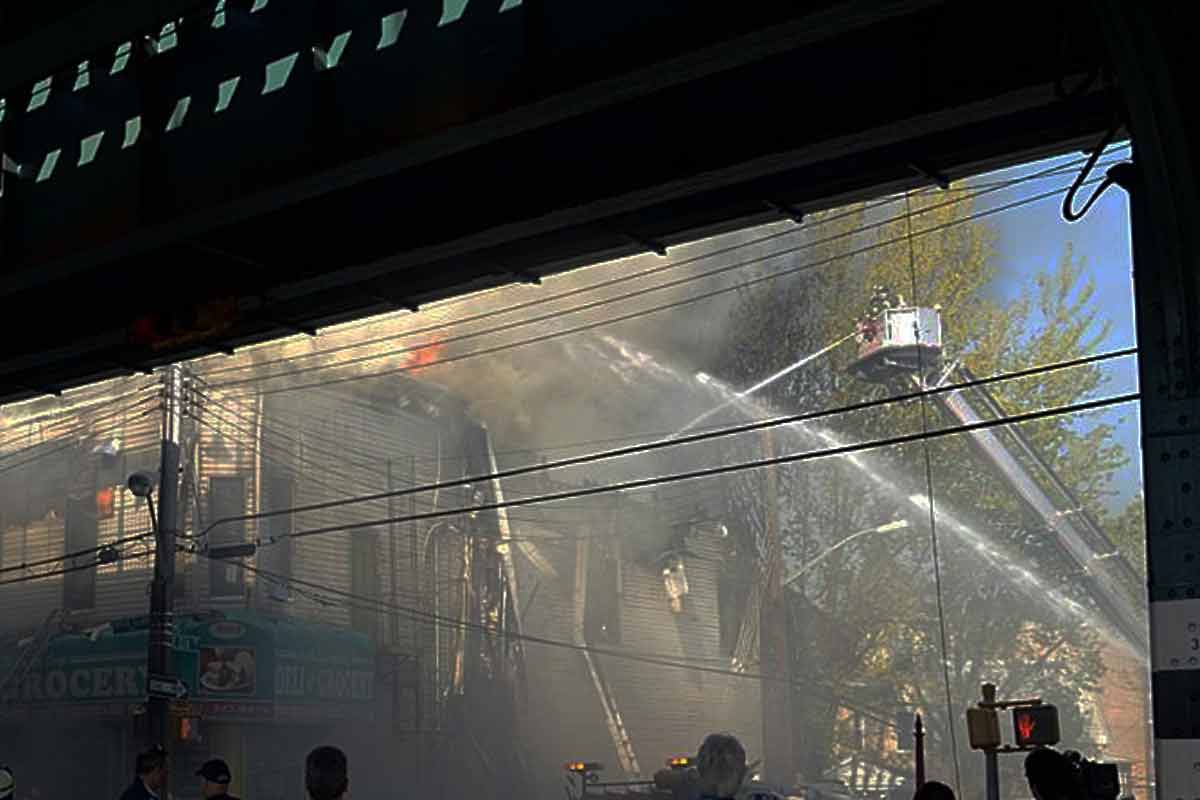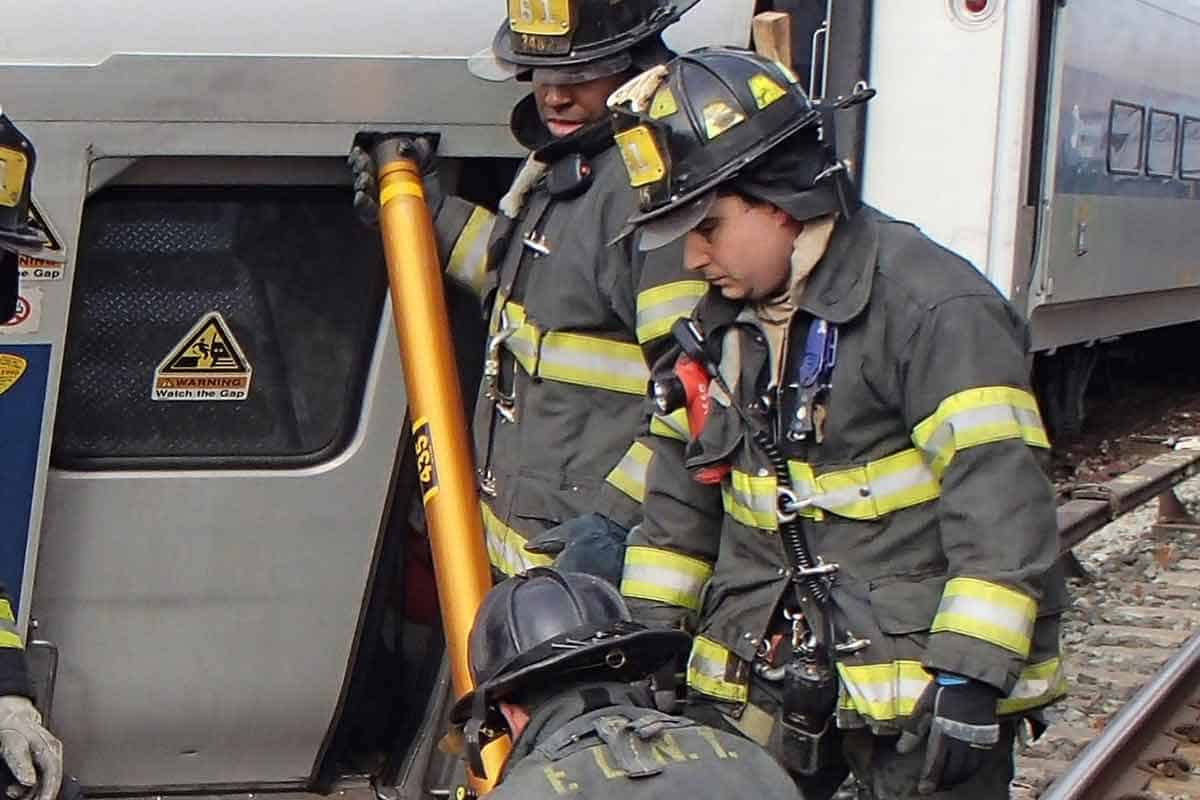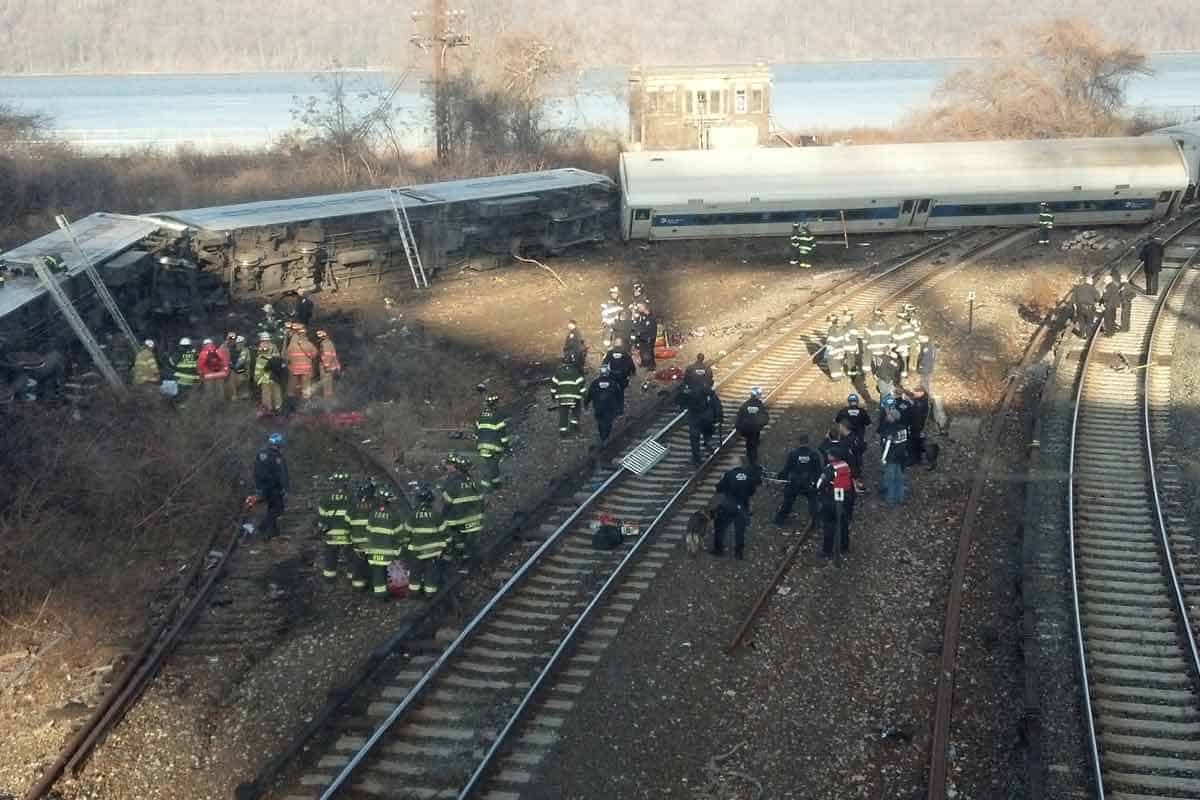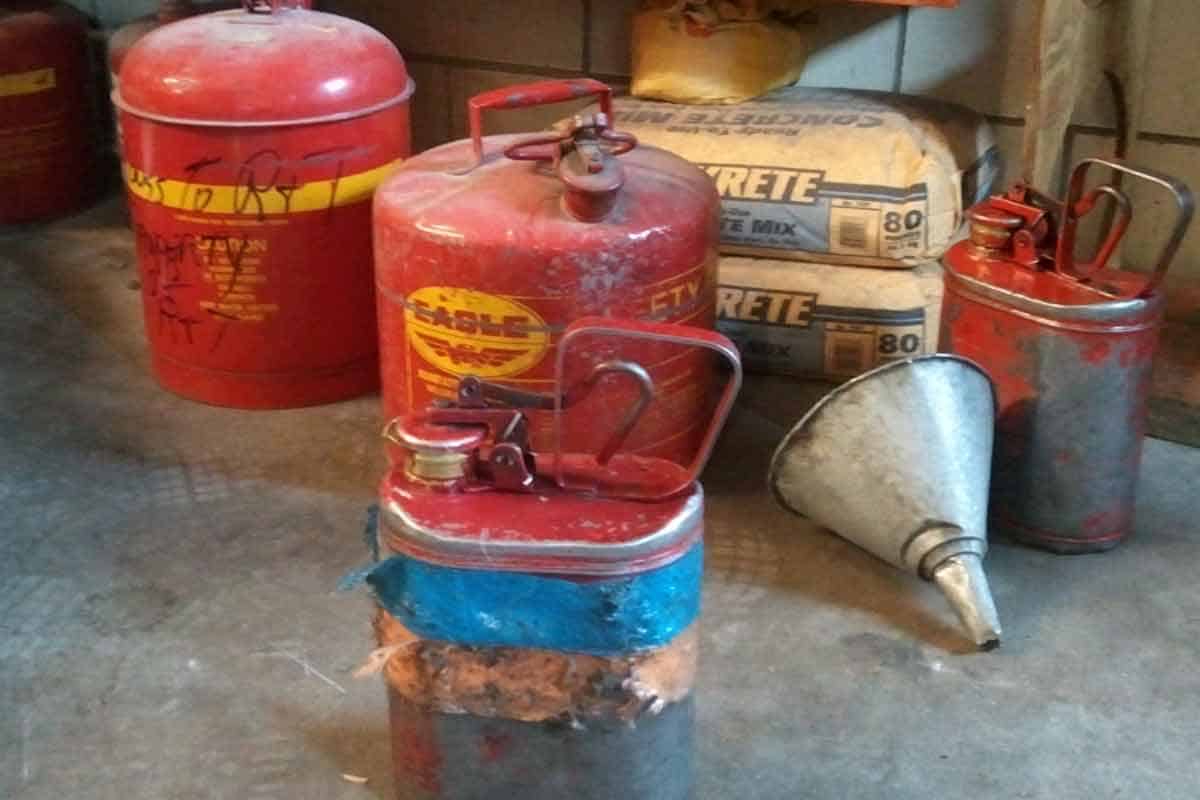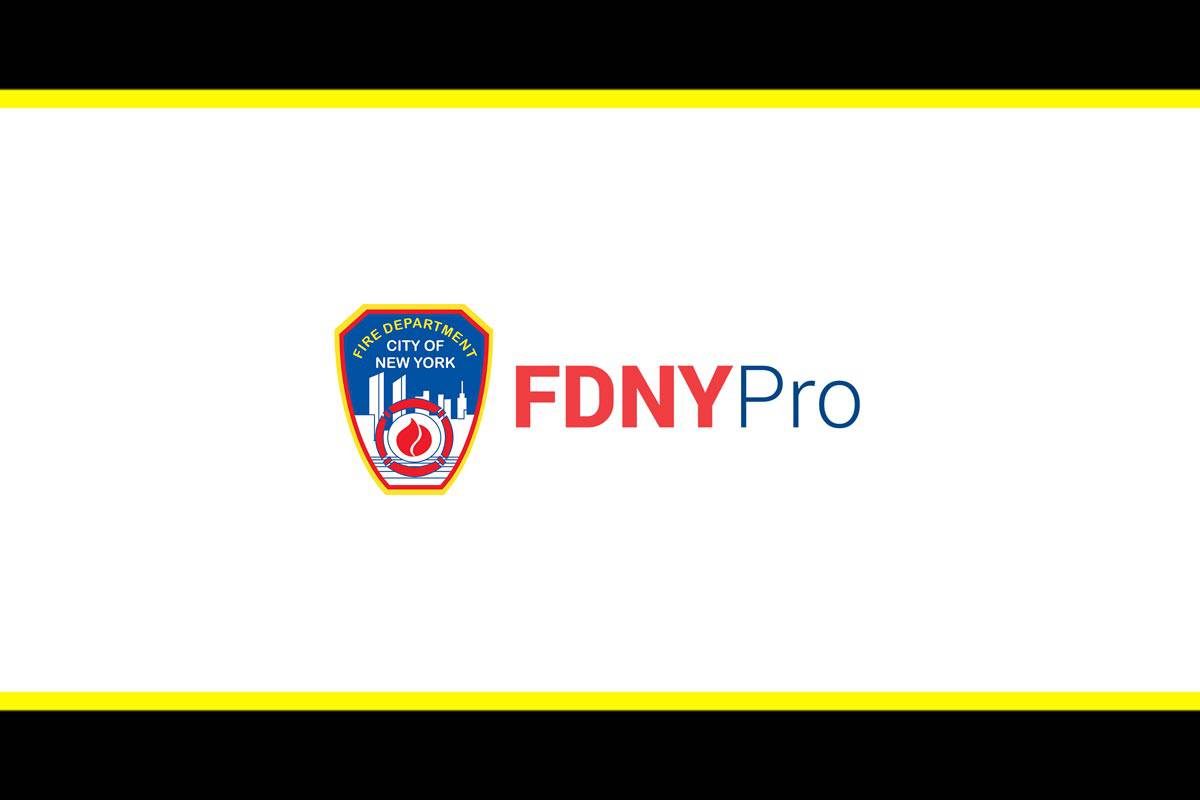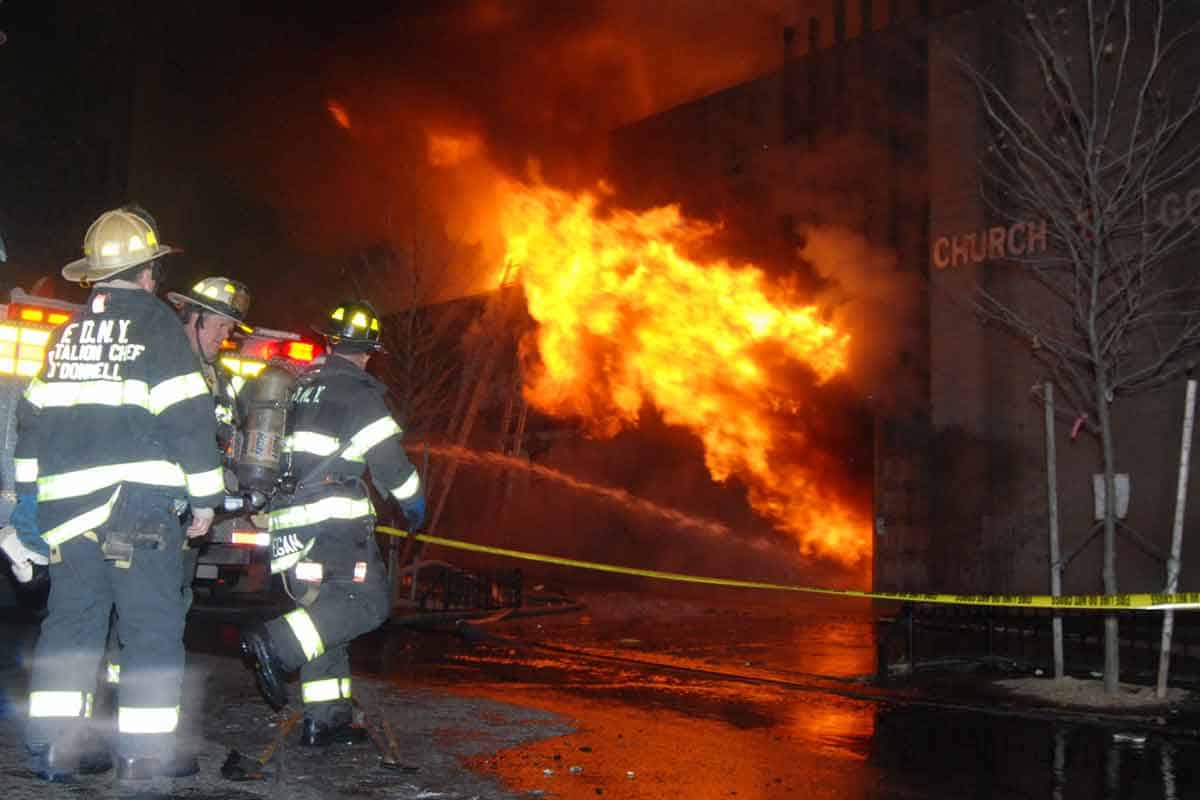A fire in a building’s cockloft is a game-changing development and, provided the necessary actions are not executed within a few crucial minutes, could mean the eventual loss of an entire building. What may seem like a routine and easily controllable, one-room fire on the top floor of an H-type apartment building when Firefighters pull […]
At 0616 hours on May 2, 2013, Engine 63 was assigned to Box 3677 for a reported non-structural fire in the rear yard of 685 225th Street in the Bronx. While responding, Engine 63 was informed that the Box was being filled out for a second source, reporting a fire at the same location. While […]
Editors Note: This is a siebar to an article on the Metro North train derailment. See feature article. Upon arrival at the Spuyten Duyvil train derailment, the scope of the incident appeared that numerous technical rescues would be needed for extrication. However, gathering situational awareness and communicating this among the Rescue Battalion, Rescues and Squads […]
On December 1, 2013, at 0719 hours, a southbound Metro-North passenger train out of Poughkeepsie, New York, en route to Grand Central Terminal, derailed just north of the Spuyten Duyvil Railroad Station in the Bronx. The National Transportation Safety Board (NTSB) reported the train’s estimated speed of 82 mph, around a sharp, 30-mph curve, as […]
FDNY carries a variety of gasoline-powered equipment that is required to be operational at a moment’s notice. Condition of both tools and fuel–especially ethanol-blended fuel–is extremely important. The operational readiness and serviceability of FDNY’s equipment are the subject of this article. The Clean Air Act Amendment of 1990 mandated the sale of oxygenated fuels in […]
Building inspection is a critical core competency of FDNY field units. Inspections are carried out for two primary reasons: safety of the public and safety of Firefighters. Safety of the public is enhanced when field units identity hazards that endanger occupants of a building. Such hazards may include exit doors that do not open properly, […]
FDNY members encounter many kinds of non-fireproof (NFP) residential buildings during fire and emergency responses or during Building Inspection Safety Program (BISP) periods. When it comes to secondary egress, Firefighters are concerned with whether the building is a multiple dwelling (MD) or a private dwelling (PD). The reason for this is that apartments within NFP […]
When Craig Fugate became Administrator of the Federal Emergency Management Agency (FEMA) in May 2009, he pushed his organization to change their disaster response to “go big, go early, go fast and be smart.” Not surprising that with a firefighting background, this motto was adopted from best practices of fire departments. On December 13, 2013, […]
A fire in a building’s cockloft is a game-changing development and, provided the necessary actions are not executed within a few crucial minutes, could mean the eventual loss of an entire building. What may seem like a routine and easily controllable, one-room fire on the top floor of an H-type apartment building when Firefighters pull […]
At 0616 hours on May 2, 2013, Engine 63 was assigned to Box 3677 for a reported non-structural fire in the rear yard of 685 225th Street in the Bronx. While responding, Engine 63 was informed that the Box was being filled out for a second source, reporting a fire at the same location. While […]
Editors Note: This is a siebar to an article on the Metro North train derailment. See feature article. Upon arrival at the Spuyten Duyvil train derailment, the scope of the incident appeared that numerous technical rescues would be needed for extrication. However, gathering situational awareness and communicating this among the Rescue Battalion, Rescues and Squads […]
On December 1, 2013, at 0719 hours, a southbound Metro-North passenger train out of Poughkeepsie, New York, en route to Grand Central Terminal, derailed just north of the Spuyten Duyvil Railroad Station in the Bronx. The National Transportation Safety Board (NTSB) reported the train’s estimated speed of 82 mph, around a sharp, 30-mph curve, as […]
FDNY carries a variety of gasoline-powered equipment that is required to be operational at a moment’s notice. Condition of both tools and fuel–especially ethanol-blended fuel–is extremely important. The operational readiness and serviceability of FDNY’s equipment are the subject of this article. The Clean Air Act Amendment of 1990 mandated the sale of oxygenated fuels in […]
Building inspection is a critical core competency of FDNY field units. Inspections are carried out for two primary reasons: safety of the public and safety of Firefighters. Safety of the public is enhanced when field units identity hazards that endanger occupants of a building. Such hazards may include exit doors that do not open properly, […]
FDNY members encounter many kinds of non-fireproof (NFP) residential buildings during fire and emergency responses or during Building Inspection Safety Program (BISP) periods. When it comes to secondary egress, Firefighters are concerned with whether the building is a multiple dwelling (MD) or a private dwelling (PD). The reason for this is that apartments within NFP […]
When Craig Fugate became Administrator of the Federal Emergency Management Agency (FEMA) in May 2009, he pushed his organization to change their disaster response to “go big, go early, go fast and be smart.” Not surprising that with a firefighting background, this motto was adopted from best practices of fire departments. On December 13, 2013, […]


